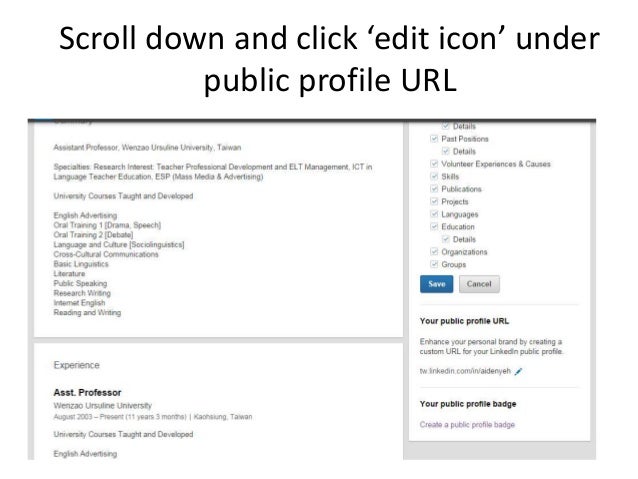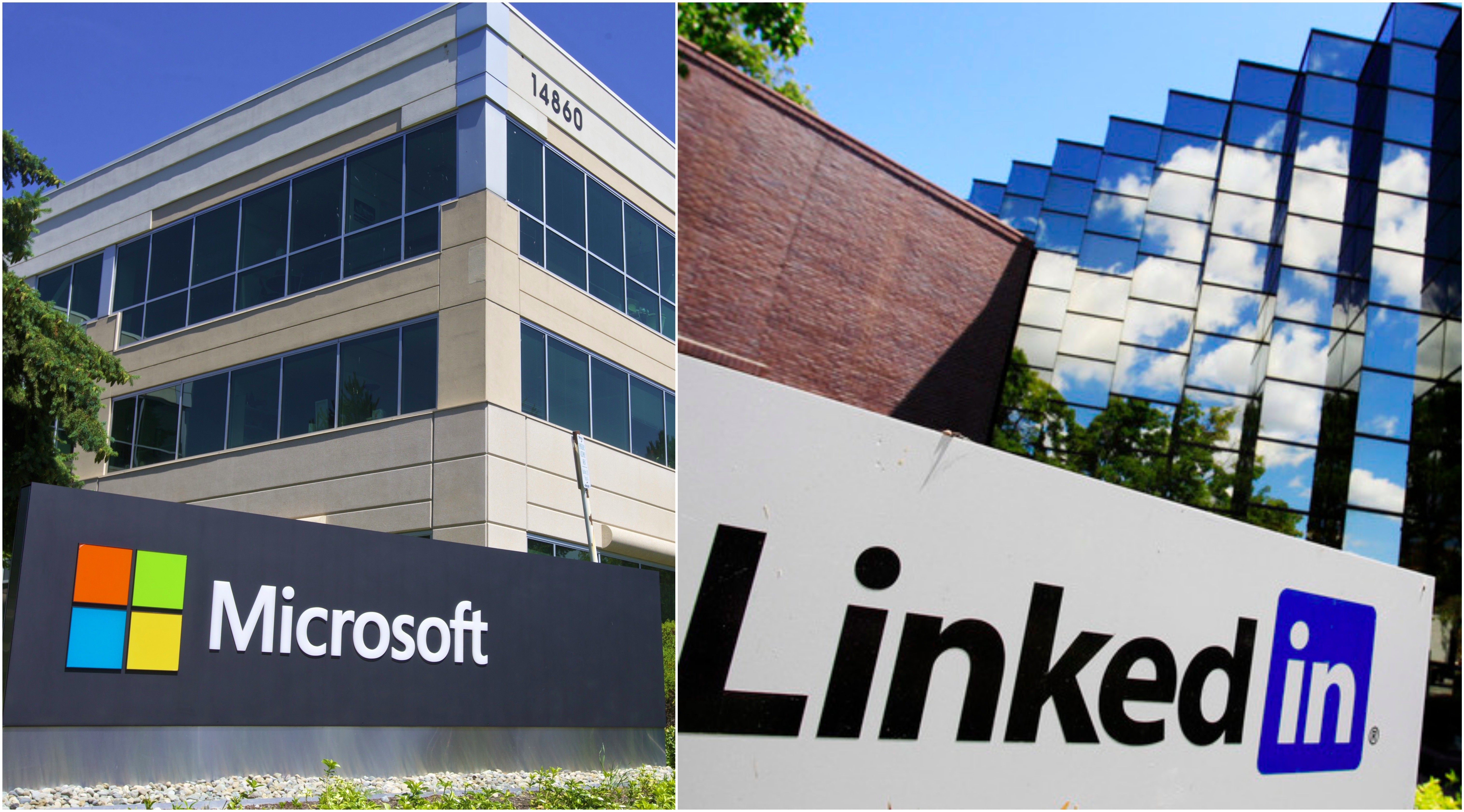


Microsoft, for example, is buying LinkedIn for its brand, website platform and software-arguably far more ethereal assets. Companies aren’t buying other companies to add mills, factories and other “real” production facilities like we used to. Zealous consultants and investment bankers will argue that the Goodwill Boom merely reflects the change in corporate strategies: American corporations manufacture far less than they used to. The more the buyer is willing to pay, the more goodwill and other intangibles are added as assets essentially, the more these figments are suddenly worth. And their value is based entirely on how much a company like Microsoft is willing to pay for a company like LinkedIn. Instead, the company that is buying (say, Microsoft, in the case of LinkedIn) accounts for this gap by in, in effect, making “goodwill” and other intangibles into assets.

Acquisition premiums-the gap between how much a company (say, LinkedIn) is bought for and the value of that company’s tangible, real, sell-able assets-no longer had to be expensed or amortized as they had been in the past. But there is another, albeit it wonky reason to be concerned-and not just about this most recent tech pairing, but about the true financial condition of many American corporations today.Īt the peak of the market in 2000, the Financial Accounting Standards Board-the private governing body that determines how companies report assets and liabilities on their balance sheets-changed the rules for how companies account for mergers. Last week, Rana Foroohar identified two reasons investors should be leery of the Microsoft-LinkedIn linkup.


 0 kommentar(er)
0 kommentar(er)
